Selection of SSP Compound Fertilizer Formulation
Single Superphosphate (SSP) compound fertilizers are essential in agriculture, offering a reliable source of phosphorus and other nutrients. Proper formulation selection ensures efficient nutrient delivery, crop growth enhancement, and soil health maintenance. This guide explores the key considerations for selecting an effective SSP compound fertilizer formulation to meet various crop and soil requirements.
Choosing the right SSP compound fertilizer formulation allows farmers to optimize nutrient management, ensuring crops receive the required balance of phosphorus, calcium, and sulfur. SSP fertilizers typically contain around 16-22% phosphorus (P₂O₅) along with calcium sulfate, which serves as a secondary nutrient that enhances soil texture and structure. Utilizing optimized formulations improves crop yields, corrects phosphorus deficiencies, and promotes healthy root development.
In agriculture, the efficiency of nutrient uptake directly affects crop yields and quality. Inadequate phosphorus levels can lead to stunted growth, poor flowering, and reduced fruit or grain production. Therefore, formulating an appropriate SSP compound fertilizer is not only about meeting immediate nutrient needs but also about fostering long-term soil fertility and crop productivity.
Key Components in SSP Compound Fertilizers
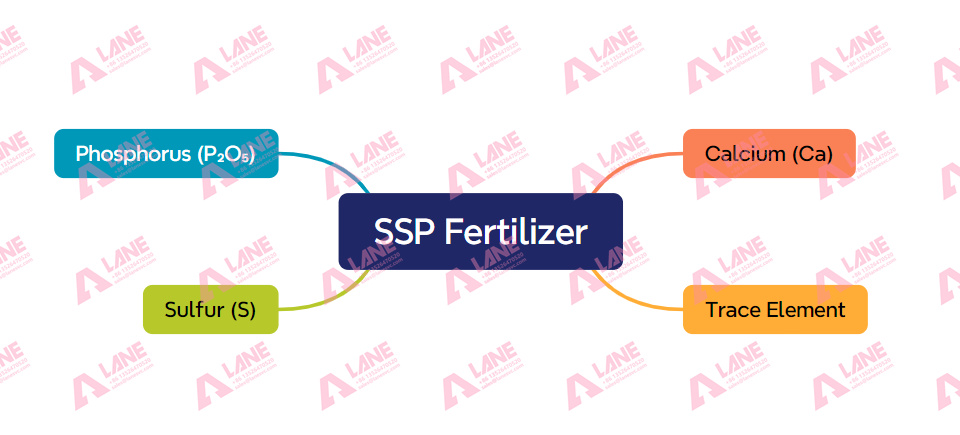
- Phosphorus (P₂O₅)
Phosphorus is vital for various physiological processes in plants. It plays a critical role in root development, energy transfer, and photosynthesis, directly impacting plant growth and productivity. - Calcium (Ca)
Calcium helps maintain soil structure, ensuring better water infiltration and root access to nutrients. It also plays a role in cell wall structure, promoting healthy plant tissue development. - Sulfur (S)
Sulfur is a crucial element for protein synthesis and chlorophyll production. It improves crop quality and resilience against stress factors, such as drought and pests. In addition, sulfur enhances the nutritional value of crops, particularly in oilseed plants.
The combination of these nutrients in various proportions allows for SSP compound fertilizer formulations that suit specific crops and soil conditions.
Factors Influencing SSP Compound Fertilizer Formulation
Crop Type

Different crops have varying nutrient demands, making it essential to select formulations tailored to specific agricultural needs. For example:
- Cereal Crops: Crops like wheat and corn benefit from higher phosphorus levels, especially during early growth stages, to promote robust root expansion and overall growth.
- Oilseeds (e.g., Canola): These crops require formulations with increased sulfur content to support oil synthesis and improve yield quality.
- Legumes: Formulations that balance phosphorus and calcium are advantageous for legumes, as they enhance nitrogen fixation and overall growth efficiency.
By selecting the appropriate SSP compound fertilizer formulation, farmers can ensure that crops receive the right nutrients at critical stages, ultimately leading to improved yields and better crop health.
Soil Conditions
Soil characteristics significantly influence the choice of fertilizer formulation. Here are some key factors to consider:
- Acidic Soils: SSP compounds provide both phosphorus and calcium, which can help neutralize soil acidity. This is particularly beneficial in regions with low pH levels, as it improves nutrient availability.
- Calcium-Deficient Soils: Formulations with higher calcium levels are ideal for soils lacking this nutrient. Calcium supports better root development and enhances soil structure, promoting healthy crop growth.
- Sulfur-Deficient Soils: In areas where sulfur is limited, formulations rich in sulfur can significantly enhance crop vigor and protein content, particularly in crops like canola and legumes.
Understanding the nutrient status of the soil through soil testing is key to formulating effective SSP compound fertilizers.
Common SSP Compound Fertilizer Formulations
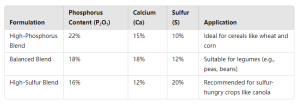
Get A Free Quote
These formulations cater to varying crop needs and soil conditions, ensuring effective nutrient uptake and sustained agricultural productivity.
Advantages of SSP Compound Fertilizer Formulations
The advantages of using well-formulated SSP compound fertilizers include:
- Immediate Nutrient Availability: The phosphorus in SSP fertilizers is water-soluble, making it readily available for plant uptake. This characteristic is crucial during the early stages of plant growth when nutrient demand is high.
- Improved Soil Structure: The calcium content in SSP helps enhance soil aeration, allowing roots to penetrate more effectively and access additional nutrients and moisture.
- Boosts Plant Health: Sulfur plays a vital role in enzyme activity and protein formation, directly impacting crop quality and yield. Adequate sulfur levels can lead to healthier plants that are more resilient to stress.
- Sustainable Nutrient Management: SSP compound fertilizers gradually release nutrients, reducing the risk of leaching into waterways. This sustainability is essential for environmentally responsible farming practices.
Using the appropriate SSP compound fertilizer formulation ensures that plants grow stronger and healthier, with more efficient use of applied fertilizers.
Best Practices for SSP Compound Fertilizer Application

- Soil Testing: Conduct soil tests to determine nutrient deficiencies and select the most suitable SSP compound fertilizer formulation. Testing helps identify not only phosphorus levels but also calcium and sulfur requirements.
- Timing of Application: Apply SSP fertilizers before or during planting to ensure phosphorus availability during early root development. This timing is crucial for maximizing nutrient uptake.
- Proper Placement: Use band placement techniques to minimize contact between fertilizers and seeds, preventing nutrient lock-up and ensuring that plants can access nutrients effectively.
- Monitor Crop Performance: Regularly assess plant health and growth to adjust formulations as needed for future applications. Observing crop response helps refine nutrient management strategies.
- Integrated Nutrient Management: Combine SSP fertilizers with organic amendments, such as compost or manure, to enhance soil fertility and improve nutrient retention.
These practices help maximize the benefits of SSP compound fertilizer formulations while minimizing waste and environmental impact.
Conclusion
The selection of the right SSP compound fertilizer formulation plays a crucial role in promoting crop growth, soil fertility, and sustainable agriculture. By considering factors such as crop type, soil condition, and nutrient requirements, farmers can choose tailored formulations that meet specific needs. With a focus on efficient phosphorus delivery, calcium support, and sulfur enrichment, SSP compound fertilizer formulations ensure enhanced productivity and long-term soil health. Proper formulation selection and application ultimately lead to improved yields and sustainable farming practices.
As agriculture faces increasing challenges such as climate change, soil degradation, and nutrient management, understanding how to formulate and apply SSP fertilizers effectively will be essential for future food security and environmental sustainability. By investing in the right formulations and adhering to best practices, farmers can contribute to a more resilient agricultural system while ensuring the health and productivity of their crops.
Latest Articles & Tips
More-
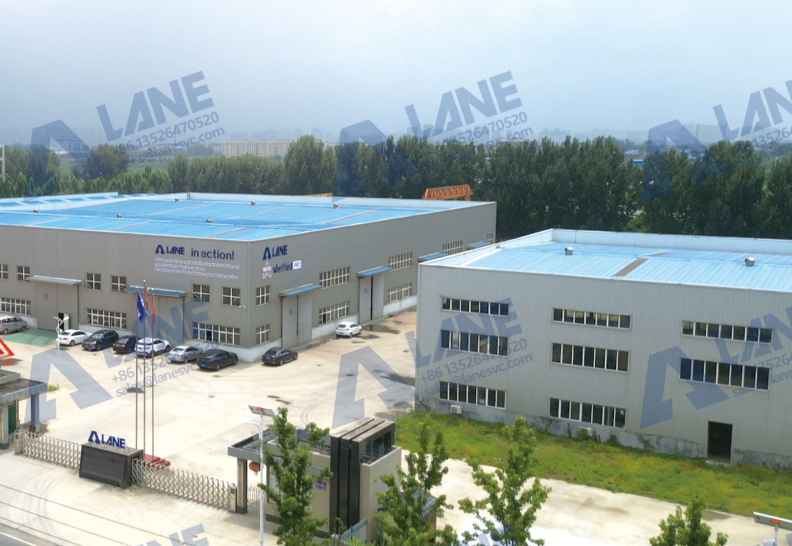
03/14
OEM Fertilizer Equipment Manufacturing: Custom Solutions for Your Production Needs
read more -

02/27
Fertilizer Granulation for DAP and MAP: Enhancing Efficiency in Fertilizer Production
read more -
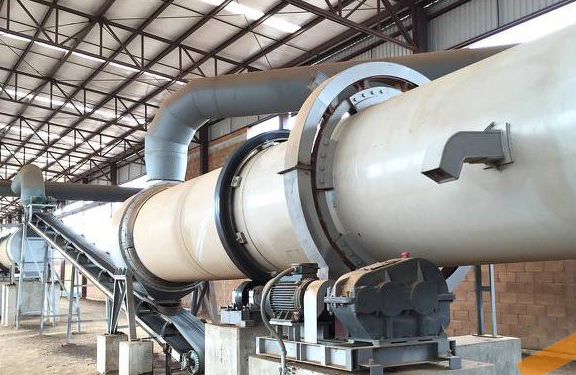
02/27
Fertilizer Production Solutions: Optimizing Efficiency and Sustainability in Fertilizer Manufacturing
read more -
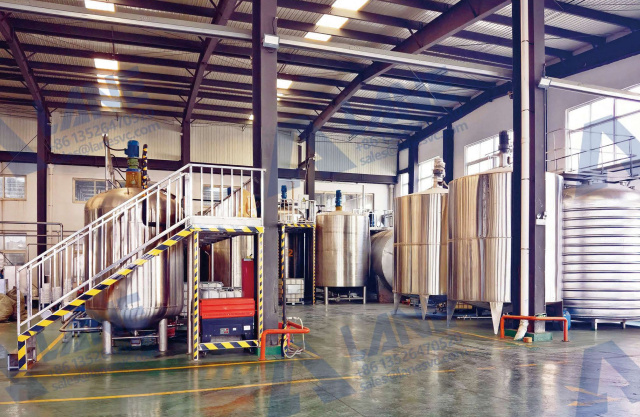
02/13
Chemical Fertilizer Production Line: Enhancing Agricultural Productivity with Precision Manufacturing
read more



Send a message to us